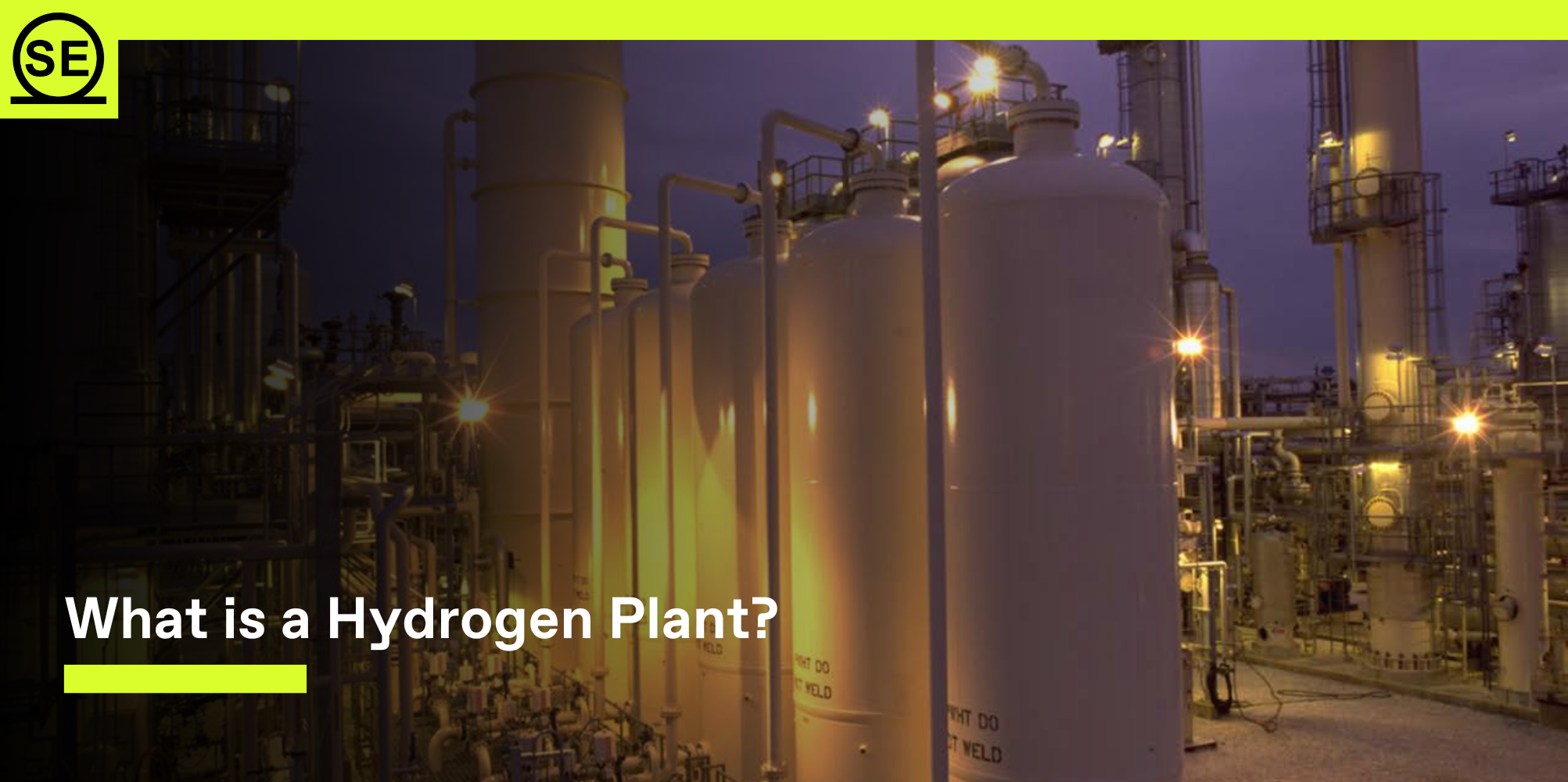
What is a Hydrogen Plant: Functions and Significance
In the quest for sustainable and clean energy solutions, hydrogen is increasingly spotlighted as a pivotal element. Central to the hydrogen economy are hydrogen plants, facilities dedicated to the production, and often storage, of hydrogen gas. Learn more about what a hydrogen plant is, its core functions, and its importance in today’s energy landscape.
What is a Hydrogen Plant?
While there are various methods to produce hydrogen, the most common in current industrial use are steam methane reforming (SMR) and electrolysis. These plants are critical in supplying hydrogen for a wide range of applications, from refining oil to producing chemicals, and increasingly, for fuel cells in transportation and power generation.
Core Functions of a Hydrogen Plant
- Hydrogen Production: Hydrogen production can be achieved through several processes:
- Steam Methane Reforming (SMR): The most prevalent method, SMR involves reacting methane with steam under high pressure and temperature in the presence of a catalyst to produce hydrogen, carbon monoxide, and a small amount of carbon dioxide. Reforming is typically combined with downstream shift conversion, whereby carbon monoxide and steam is further reacted in the presence of catalyst to produce more hydrogen and carbon dioxide.
- Electrolysis: An emerging method due to its ability to integrate with renewable energy sources, electrolysis involves using electricity to split water into hydrogen and oxygen. This method is particularly valued for its potential to produce ‘green hydrogen’ when powered by renewable energy.
- Purification: After hydrogen is produced, it often contains impurities that must be removed to meet the purity standards required for various applications. Purification processes vary depending on the production method but typically involve pressure swing adsorption or membrane technologies.
- Storage and Distribution: Hydrogen plants also handle the storage and distribution of hydrogen. Hydrogen can be stored in compressed or liquefied form and transported via pipelines, tankers, or containers to various points of use.
Three common types of Hydrogen produced at a Hydrogen Plant
- Green Hydrogen: This type of hydrogen is produced through the electrolysis of water, where electricity used in the process comes from renewable energy sources such as wind, solar, or hydroelectric power. Green hydrogen is considered the most environmentally friendly option, as it results in no carbon emissions during its production.
- Blue Hydrogen: Produced primarily from natural gas through processes like steam methane reforming or autothermal reforming, blue hydrogen involves the use of carbon capture and storage (CCS) technologies. While this process still uses fossil fuels, the carbon emissions are captured and stored underground or utilized in other ways, significantly reducing the environmental impact.
- Gray Hydrogen: This is currently the most common form of hydrogen production. Grey hydrogen is also produced from natural gas via steam methane reforming, but without the carbon capture processes used in blue hydrogen production. As a result, the carbon dioxide generated during production is released into the atmosphere, contributing to greenhouse gas emissions.
Importance of Hydrogen Plants
Energy Transition: As the world seeks to transition energy sources, hydrogen is seen as a key player in the future energy mix. Hydrogen plants are vital for the generation of large-scale, dependable supplies of hydrogen, particularly for sectors hard to decarbonize through electrification alone, such as heavy industry and transportation.
Environmental Benefits: Hydrogen plants that use renewable energy sources to produce hydrogen (green hydrogen) are crucial in reducing carbon emissions. Even traditional plants are becoming more environmentally friendly with the integration of carbon capture and storage technologies.
Economic Impact: Hydrogen plants contribute significantly to local and national economies. They create jobs, stimulate technological innovation, and can help ensure energy security by diversifying energy supply sources.
Hydrogen Plant Challenges and Future Outlook
While hydrogen plants offer many benefits, they also face challenges, such as high operational costs, especially for those relying on electrolysis powered by renewables. There are also technical challenges related to hydrogen storage and transport due to its high reactivity and low density.
However, with ongoing advancements in technology and increased governmental support through incentives and policy frameworks, the role of hydrogen plants is set to expand significantly. Efforts are ongoing to improve the efficiency, reduce costs, and scale up technologies to ensure that hydrogen can fulfill its potential as a cornerstone of a sustainable energy future.
At Samuel, our hydrogen team brings a broad range of expertise. With decades of experience, Samuel will maximize value and efficiency at every stage of your hydrogen plant project, including engineering, procurement, modular fabrication, and construction. Contact John Cotten (jcotten@samuelengineering.com) to learn more.
